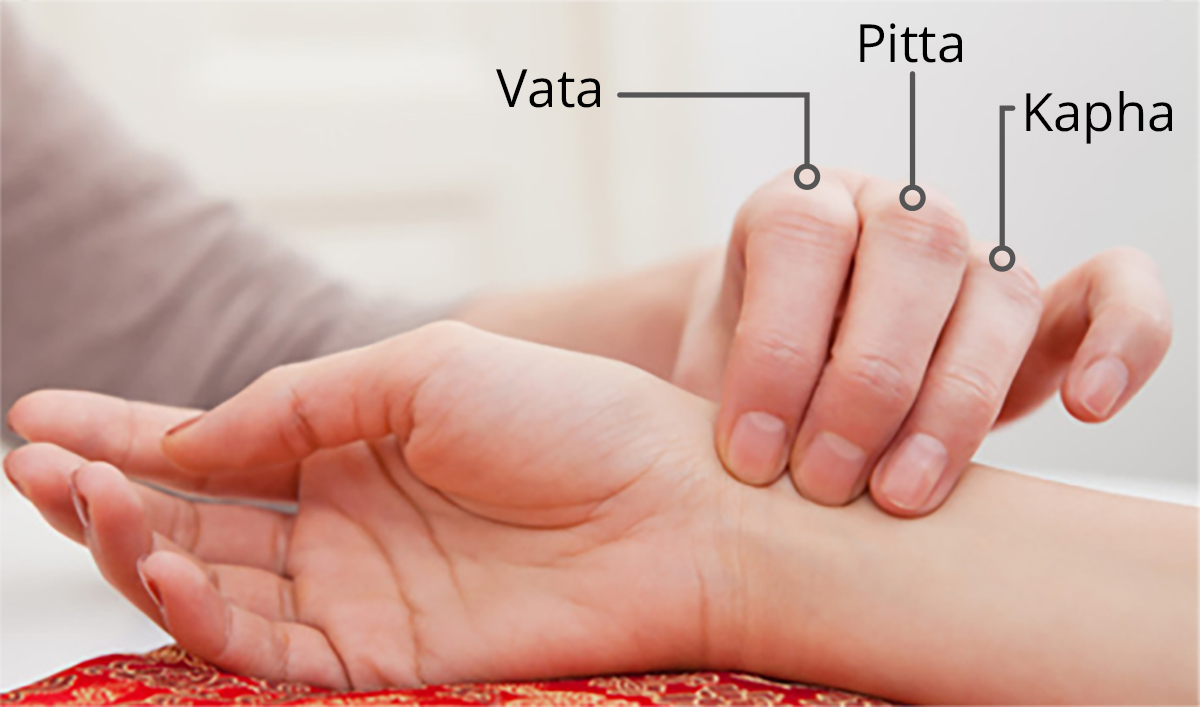
Nadi Parikshan, also known as pulse examination, is a diagnostic technique used in Ayurveda to assess an individual's overall health and well-being. In this ancient practice, Ayurvedic practitioners analyze the pulse to gain insights into the balance of the doshas (Vata, Pitta, and Kapha) and the state of the various organs and systems in the body.
The pulse is considered a reflection of the physiological and energetic processes occurring within the body. By carefully palpating different pulse points on the wrist, Ayurvedic practitioners can detect subtle variations in rhythm, strength, and quality, which provide valuable information about the individual's constitution, current imbalances, and potential health issues.
During a Nadi Parikshan session, the practitioner uses three fingers to palpate each pulse point on the radial artery, corresponding to the three doshas. The Vata pulse is felt with the index finger, the Pitta pulse with the middle finger, and the Kapha pulse with the ring finger. The practitioner assesses the qualities of each pulse, such as its speed, strength, and regularity, to determine the predominant dosha and any disturbances or imbalances present.
Based on the findings from Nadi Parikshan, the practitioner can provide personalized recommendations for diet, lifestyle modifications, herbal remedies, and therapeutic interventions to restore balance and promote optimal health. Nadi Parikshan is a non-invasive, gentle, and highly effective diagnostic tool that has been used for centuries in Ayurveda to assess and address a wide range of health concerns, from chronic diseases to minor imbalances.
Overall, Nadi Parikshan offers a holistic approach to healthcare, focusing on prevention, early detection, and natural healing, in alignment with the principles of Ayurveda. It allows individuals to take an active role in their health by gaining a deeper understanding of their unique constitution and making informed choices to support their well-being.


